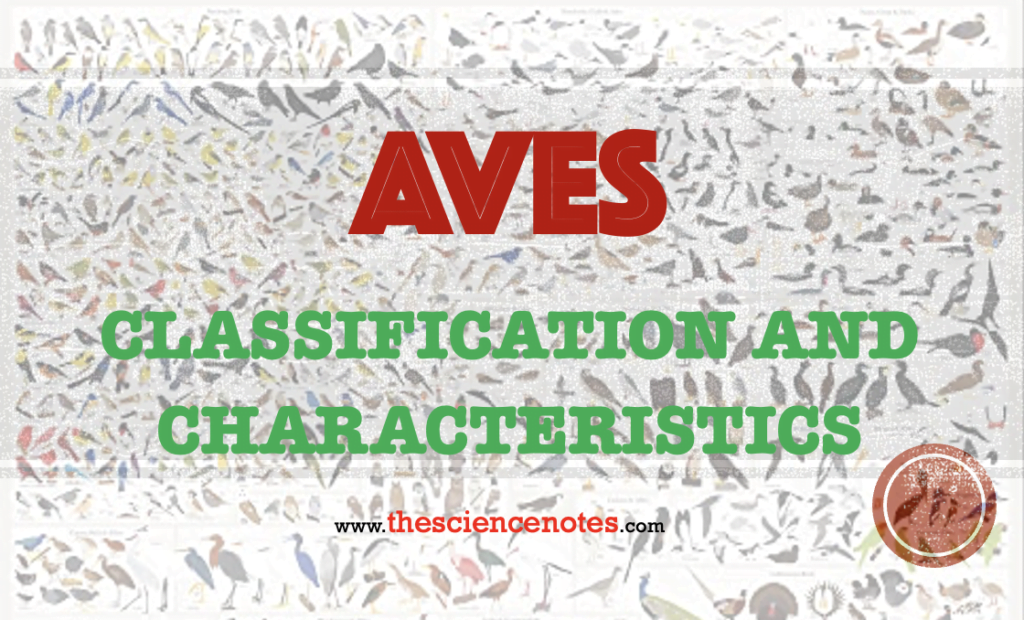Aves, the scientific classification for birds, represents warm-blooded vertebrates with feathers, beaked jaws, the ability to lay hard-shelled eggs, and possessing a lightweight skeleton suitable for flight.
Key Features and Characteristics of Aves
Birds, part of the class Aves, have distinct features setting them apart from other animal groups. Here are some noteworthy characteristics of birds:
- Feathers: Feathers are unique keratin structures that insulate, aid in flight, and contribute to courtship and territorial displays. Birds have different types of feathers, including contour feathers for flying and down feathers for insulation.
- Wings and Flight: Birds have wings formed from modified forelimbs, enabling them to fly. While not all birds fly, flight is a defining trait of Aves. Wings consist of feathers and are adapted for various flight styles, such as soaring, hovering, or agile maneuvering.
- Beaks: Birds possess beaks or bills specialized for different feeding habits. The size, shape, and strength of the beak vary among bird species, reflecting their specific dietary needs. For instance, hummingbirds have long, slender beaks for sipping nectar, while eagles have sharp, hooked beaks for tearing flesh.
- Endothermy: Birds are warm-blooded creatures, capable of regulating their internal body temperature. This enables them to maintain a relatively constant body temperature regardless of external conditions. Their high metabolic rate and efficient respiratory system support their active lifestyle.
- Laying Hard-Shelled Eggs: Birds reproduce by laying hard-shelled eggs that safeguard and nourish the developing embryos. Most bird species construct nests to incubate their eggs until hatching. This reproductive strategy is an adaptation to diverse habitats.
- Toothless Jaws: Unlike most reptiles, birds lack teeth and instead possess specialized beaks for gripping, manipulating food, and swallowing. Certain bird species have adapted their beaks for specific feeding behaviors, such as filtering water or cracking seeds.
- Efficient Respiratory System: Birds possess a highly efficient respiratory system, extracting a significant amount of oxygen from the air. Their unique air sacs and one-way airflow system ensure a continuous oxygen supply, crucial for their high-energy activities, including flying.
- High Intelligence and Complex Behaviors: Birds exhibit a wide array of behaviors, including courtship rituals, nest building, migration, and vocalizations. Many bird species display high levels of intelligence, problem-solving abilities, and social interactions.
- Homing Instinct and Migration: Birds possess remarkable navigation skills for long-distance migrations. They utilize cues like celestial navigation, landmarks, and magnetic fields to find their way. Some birds also possess a homing instinct, allowing them to return to specific nesting or breeding sites.
These general characteristics highlight the diverse adaptations and capabilities of birds, making them a unique and successful group in the animal kingdom.

Classification of Aves
Aves belongs to the phylum Chordata and the subphylum Vertebrata. Birds are classified within the class Aves, further divided into various taxonomic levels. Here is the classification hierarchy for Aves:
- Kingdom: Animalia (animals)
- Phylum: Chordata (animals with a notochord)
- Subphylum: Vertebrata (animals with a backbone)
- Class: Aves (birds)
Within the class Aves, there are two subclasses:
- Subclass Paleognathae: This group comprises flightless birds like ostriches, emus, rheas, kiwis, and cassowaries. They have flat breastbones and lack a keel, a ridge on the sternum for flight muscle attachment.
- Subclass Neognathae: This group encompasses most bird species and further divides into two infraclasses:
- Infraclass Galloanserae: This group includes two orders:
- Anseriformes: Consisting of waterfowl like ducks, geese, and swans. They are adapted for aquatic habitats, equipped with webbed feet for swimming. Anseriformes are known for their migratory behavior and tendency to form large flocks.
- Galliformes: Encompassing game birds such as chickens, turkeys, pheasants, and quails. Galliformes are ground-dwelling birds often hunted for their meat. They exhibit diverse plumage patterns and possess well-developed legs for walking and running.
- Infraclass Neoaves: This large group includes the majority of bird species, further divided into numerous orders, including but not limited to:
- Passeriformes: The largest order of birds, commonly known as passerines or perching birds. It comprises over half of all bird species, including sparrows, finches, warblers, thrushes, and crows. Passeriformes are recognized for their complex vocalizations and diverse feeding habits.
- Columbiformes: This order includes pigeons and doves. They are characterized by plump bodies, small heads, and soft cooing calls. Columbiformes are found worldwide, displaying diverse behaviors and feeding habits.
- Falconiformes: An order encompassing birds of prey like eagles, hawks, falcons, and vultures. They possess strong beaks, sharp talons, and exceptional hunting abilities. Falconiformes are adept flyers and have excellent eyesight.
- Strigiformes: This order consists of owls, nocturnal predators with large heads, forward-facing eyes, and specialized feathers for silent flight. They emit a distinctive hooting call and are well-suited for hunting small mammals.
- Psittaciformes: Including parrots and related birds, known for their vibrant plumage, robust beaks, and the ability to mimic human speech. They primarily inhabit tropical and subtropical regions.
- Charadriiformes: This order encompasses shorebirds and seabirds like gulls, terns, sandpipers, and auks. Charadriiformes have adapted to various aquatic environments and exhibit diverse feeding strategies, including scavenging, fishing, and filter-feeding.
These examples represent a fraction of the numerous orders within the class Aves. Each order contains multiple families, genera, and species, each with its own unique characteristics and adaptations.
Learn more: